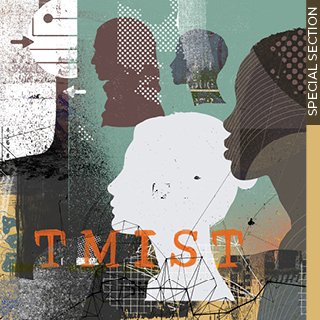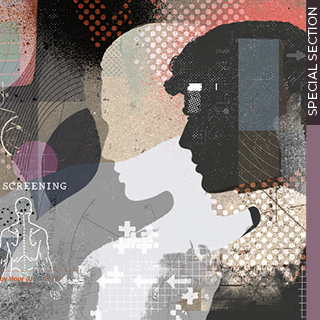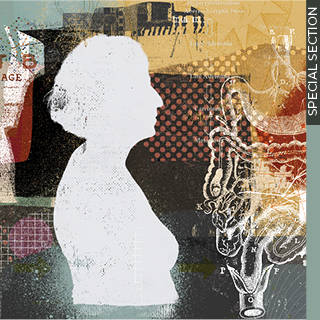If there’s one thing that we know, it’s that cancer screening can save lives and cancer screening is not accessible for everyone who needs it. People of color, those of low wealth, and residents of rural areas tend to be most vulnerable to screening disparities for reasons that are complex and often interrelated. Cost and lack of access, health illiteracy, implicit bias, and both cultural and structural barriers all play a role, as do disparities in cancer risk and vast differences in how screenings are integrated into patient care. The result is that too many cancers are detected too late, leading to too many avoidable deaths.1
We know that by detecting breast cancer at an early stage, when patients have more effective therapy options, regular screening mammograms can reduce breast cancer mortality by 40%. Although the ACR recommends annual mammography screening for most women starting at age 40, unfortunately, not all women have easy access to these lifesaving exams. For women dealing with limited income, insurance gaps, or even transportation issues, the process of pursuing and paying for screening exams can be challenging at best — and a barrier to care at worst. Additionally, many of these are women of color who, compared to White women, are 72% more likely to be diagnosed with invasive breast cancer, 58% more likely to be diagnosed with advance-stage disease, and 127% more likely to die from breast cancer — all before age 50.2
We can take on leadership roles in breast screening programs and outreach efforts. We can collaborate with local clinics, community health centers, and social service organizations in our areas to streamline the path for underserved patients to access breast healthcare. We can evaluate how our organizations are reaching and serving women who face socioeconomic barriers to accessing breast cancer and other types of screening, diagnosis, and treatment. We can employ dedicated patient navigators to guide patients through siloed health systems and social services by providing personalized support to bridge the gaps in care.3
Eliminating disparities in routine lung screening examinations will also require outreach, availability, and cultural consideration. We can review state‐level data surrounding lung cancer to assess current lung cancer screening (LCS) practices and smoking rates and gauge the need for mobile LCS programs in our communities.
We can engage community partners to encourage their patients to take advantage of this life-saving care, once available. We can recruit and train nurse navigators to guide LCS patients through next steps to ensure appropriate follow-up. We can explore funding opportunities so that uninsured and underinsured LCS candidates are never turned away from this potentially life‐saving technology.4
We, as radiologists, can make a difference in improving access to screening for our patients. The pages of this special issue of the Bulletin take us through exactly how we can do that.



